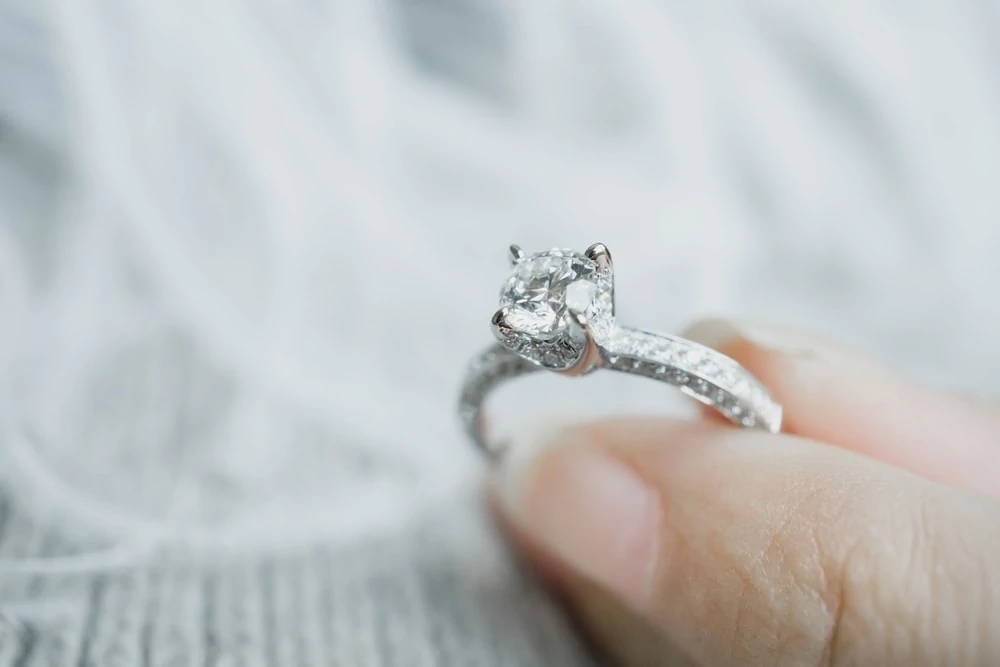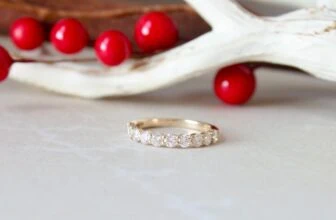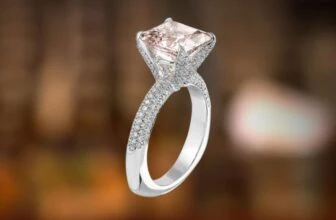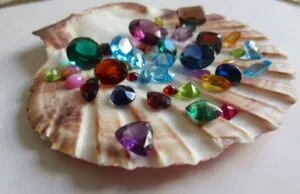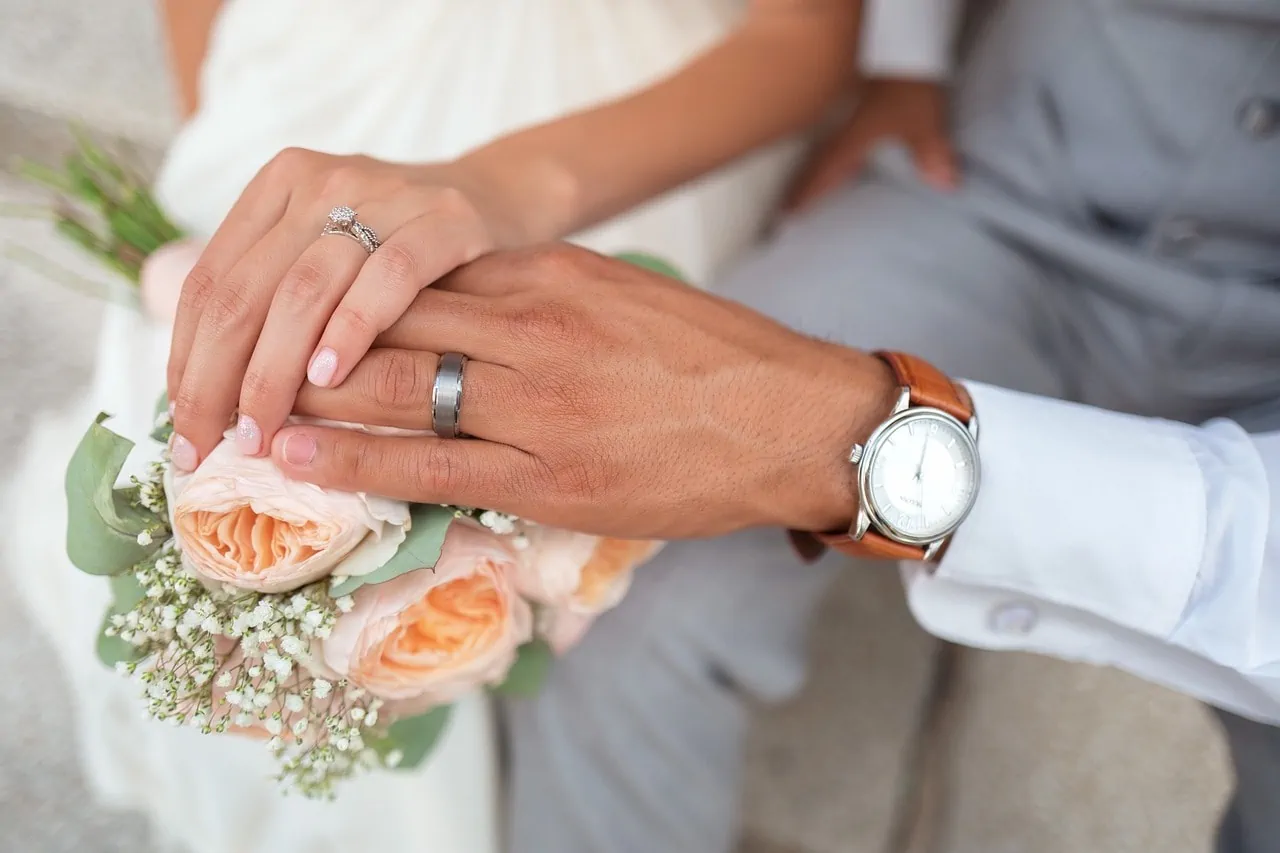
Table of Contents
Tungsten and titanium are two great modern options when it comes to choosing men’s rings. Both are relatively new metals (tungsten was officially discovered and named in 1783; titanium in 1791), and both have distinctive, bold finishes.
If you’re searching for a ring that is modern and non-traditional, tungsten and titanium are both more durable and less expensive choices in a marketplace where gold and silver have dominated for so long. Ok, but how do you choose between the two of them?
Comparing Tungsten and Titanium
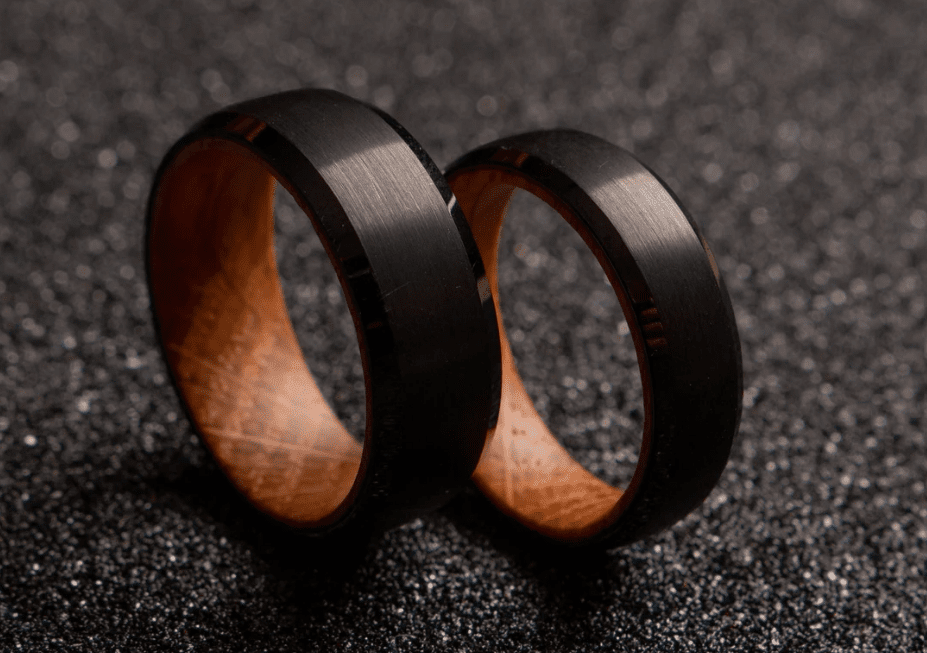
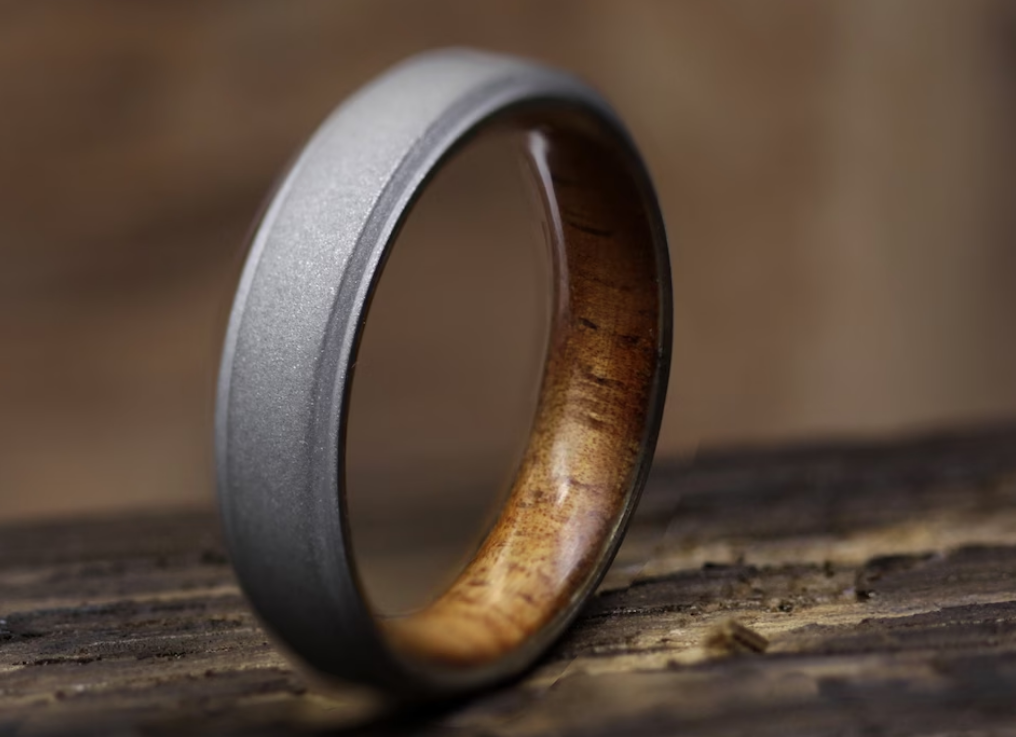
In your search for an alternative to the more common ring materials, tungsten and titanium provide interesting, modern choices. Let’s break down their similarities and differences very quickly.
- Both are reasonably priced.
- Both are scratch and stain resistant. But while tungsten’s brittleness means it is susceptible to cracks if knocked hard, titanium will not crack.
- Both metals are hypoallergenic, which means they won’t cause skin irritation that can be problematic in some metals.
- Both have a naturally grey coloring, although they’re also available in black. Tungsten is naturally shinier while titanium has a more diffused finish.
- Tungsten and titanium are at completely different ends of the weight spectrum. Titanium’s density (which measures how buoyant something is in water) is 43% less than steel, while tungsten is 90% heavier (and very similar to gold).
- Neither tungsten nor titanium can be resized easily. Because both ring types are very strong/hard, they are not suitable for any kind of re-sizing. However, when considering the lower prices, it will probably just be cheaper to replace them, when and if the need arises.
- Both rings provide striking and original contrast options to more traditional metal and jewel contrasts.
What Are the Pros and Cons of Tungsten?
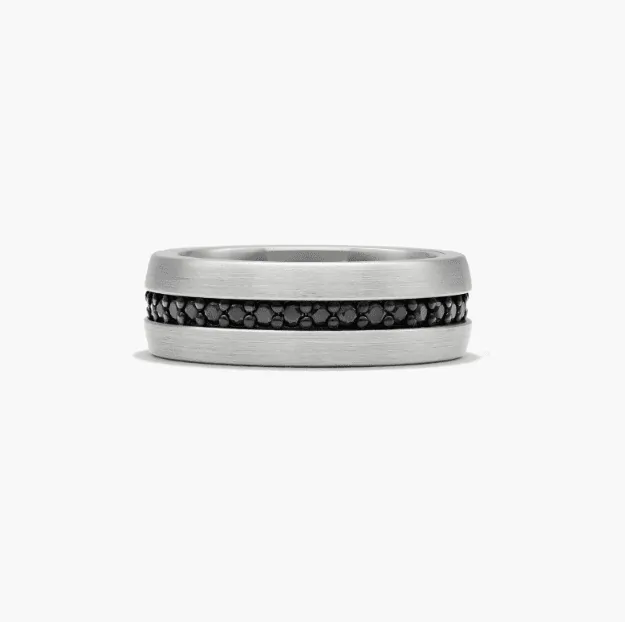
Tungsten has a rightly earned reputation for being one of the hardest metals on Earth. It’s also almost virtually impossible to melt. Tungsten carbide, the compound that makes the metal so hard, is frequently used to make drill bits, bullets, and missiles that are designed to be penetrative other tough metals.
Tungsten Pros:
Unlike precious metals such as gold, silver, and platinum, tungsten is not especially rare, and this is reflected in the cost. A high-quality tungsten ring can cost around $120, like this one. It’s also durable and stain resistant.
Tungsten is very difficult to tarnish or scratch. In fact, it’s the most scratch-resistant metal used in jewelry. This makes it an ideal choice for rings, which you can wear for a lifetime.
Tungsten is a heavy metal. This will either be a pro or a con depending on your preference, with some men liking the gravitas that extra heft provides. But avoiding the complex world of density and atomic weight measures, or the fun world of YouTube videos where tungsten cubes are explored, tungsten is actually almost identical in weight to gold. So don’t think your tungsten ring will make your hands too heavy to lift!
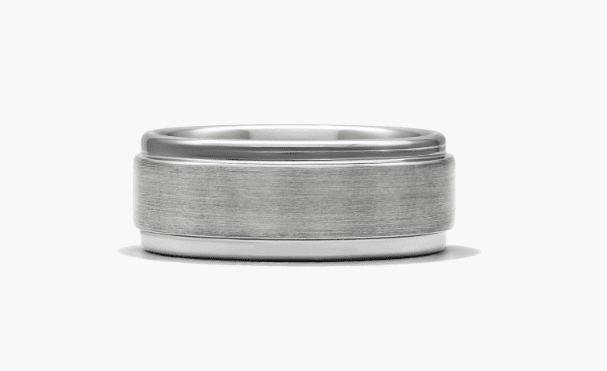
Tungsten Cons:
But this strength is also one of its downsides. Tungsten can’t be resized because it’s not malleable. If you’re purchasing an expensive tungsten ring with the hope that it will last a lifetime, know that the ring will last. The problem will be that your fingers may change size, as they tend to do over the years. So, you may have to buy another ring rather than trying to have this resized.
Tungsten’s lack of malleability also means that it can crack or shatter if brought into hard contact with another solid surface. Do not confuse hardness with outright strength.
If you have skin allergies when wearing certain metals, tungsten might not be the best idea. Tungsten tends to have cobalt in it, which is an allergen for many.
What Are the Pros and Cons of Titanium
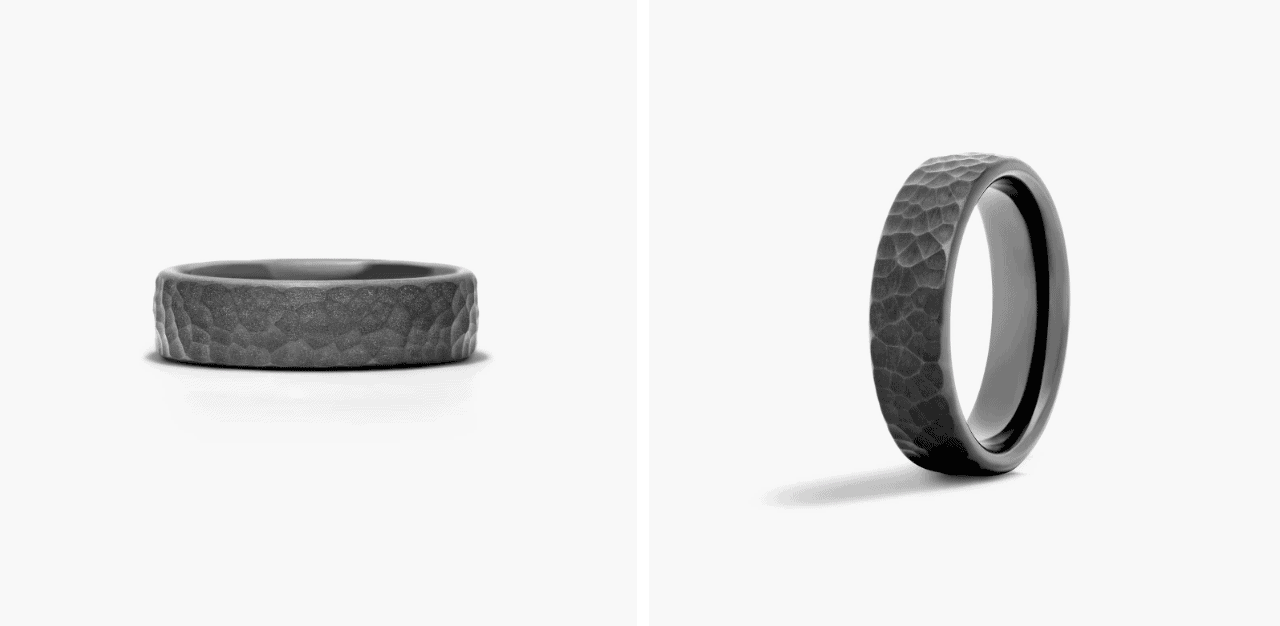
Then there’s Titanium. Another super-strong metal, titanium is renowned for its relative abundance. Titanium is the ninth most abundant metal on earth and is known for being extremely lightweight. It is used in industries where lightness and strength are critical: tennis rackets, golf clubs, and components of performance cars are frequently made of this metal.
Titanium Pros:
Pretty much immune to scratches and stains, titanium will prove much easier to keep in great shape than other precious metals and requires relatively little maintenance. What’s more, titanium is very affordable. A decent titanium ring can cost as little as $120, whilst 18 Karat gold is likely to cost as much as five times this amount.
Titanium also combines well with other metals like gold, rose gold, and silver. This factor, aligned with its relatively low price as a stand-alone metal, might be attractive to those wanting to experiment with different designs. Of course, the addition of other metals will raise the cost of your ring.
Titanium is so lightweight that some find it eerily so. This can be a pro or a con depending on your preference. Some people like the feeling of a heavier ring, while others like a lightweight one. Titanium rings are hypoallergenic and perfect for those with skin allergies.
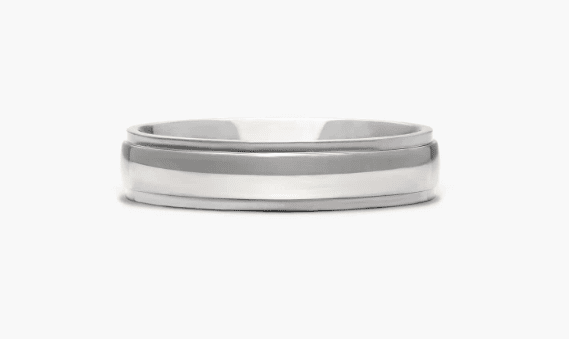
Titanium Cons:
One of the only cons of titanium is its matte finish. It simply won’t polish up in the same way that gold, silver, and other precious metals will. This comes down to preference, though. For some, this could be a preferable finish. And with options to combine titanium with shinier metals, the contrast between matt and gloss can be very stylish.
The other thing to note is that, like tungsten, titanium is hard to resize as well. While it’s not impossible, it does make it more difficult because of its immense strength.
Wrapping Up
Your choice really comes down to a matter of preference. Both rings offer similar pros and cons, with the main differences being that tungsten is brittle and heavy, while titanium is lighter and has a duller finish. Go with your heart, but also with your head. Of course, at the reasonable prices that both Tungsten and Titanium rings can be bought for, you could just buy two rings!
Related Articles
25 Unique Wedding Bands for Her (And Why)
Russian Wedding Rings – What You Need to Know
What is Tungsten Wedding Ring and Should I Buy It?
Should I Buy a Stainless Steel Wedding Ring? (Pros and Cons)
Pros and Cons of Palladium Rings
Finishing Details for Your Ring – Making Your Ring Stand Out


